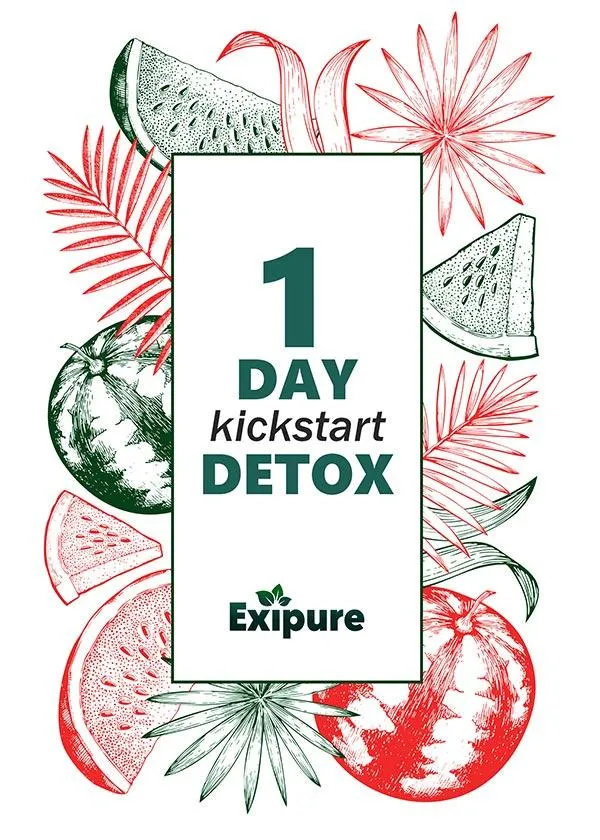

Safe and Sustainable Weight Loss for Older Adults: Tips and Strategies
After 50 and beyond, our bodies go through natural changes that can make it harder to maintain a healthy weight. However, with the right approach, weight loss is still possible for older adults.
One of the most important things to keep in mind is that weight loss for older adults should be done safely and gradually. Crash diets and overly restrictive eating plans are not recommended. Instead, older adults should focus on making small, sustainable changes to their diet and exercise routine.
One of the most effective ways to lose weight is by creating a calorie deficit. This means that you are burning more calories than you are consuming. To do this, older adults should focus on eating a healthy, balanced diet that is rich in fruits, vegetables, whole grains, and lean protein. They should also limit their intake of processed foods, sugary drinks, and saturated fats.
Exercise is also important for weight loss, as it helps to burn calories and boost metabolism. However, older adults should focus on low-impact exercises that are easy on the joints, such as walking, swimming, and cycling. They should also aim to get at least 150 minutes of moderate-intensity exercise or 75 minutes of vigorous-intensity exercise per week.
In addition to diet and exercise, older adults should also focus on getting enough sleep and managing stress. Both of these factors can affect weight loss and overall health.
It's also important to note that some older adults may have underlying medical conditions that can make it harder to lose weight. These conditions include thyroid problems, diabetes, and sleep apnea. If you are having trouble losing weight, it is important to consult with a healthcare professional to rule out any underlying medical conditions.
In conclusion, weight loss is possible for older adults with the right approach. Older adults should focus on making small, sustainable changes to their diet and exercise routine, as well as getting enough sleep and managing stress. They should also focus on low-impact exercises that are easy on the joints and aim to get at least 150 minutes of moderate-intensity exercise or 75 minutes of vigorous-intensity exercise per week. It's important to consult with a healthcare professional to rule out any underlying medical conditions.
THIS IS AN ADVERTORIAL AND NOT AN ACTUAL NEWS ARTICLE, BLOG, OR CONSUMER PROTECTION UPDATE
*THE PRODUCTS BEING PROMOTED ARE A DIETARY SUPPLEMENT. THEY ARE NOT INTENDED TO DIAGNOSE OR CURE ANY DISEASE.
Our goal is to provide readers with valuable information to help them achieve their health and lifestyle goals. Please note, we may receive compensation for product reviews, referrals or purchases made through our links. This page serves as an advertisement/advertorial and the story depicted is for demonstration purposes only. Results may vary. We hope you find our online resource informative and helpful.
Please note that this site is not affiliated with any news source and contains affiliate and partner links. We are not responsible for any typographical or photographic errors. If you do not agree to our terms and policies, please exit the site immediately. Any trademarks, logos, and service marks displayed are the property of their respective owners. The content of this website is copyrighted property of the reviewer and/or the website.



